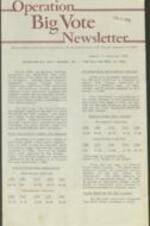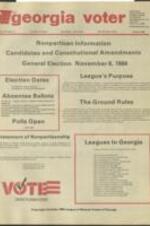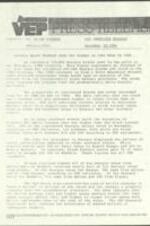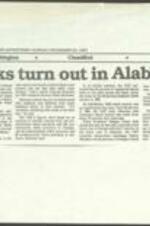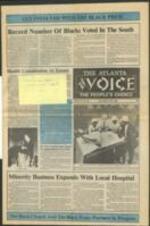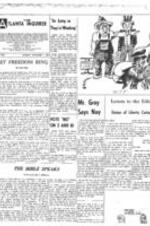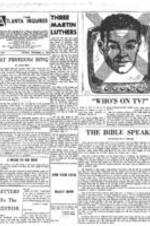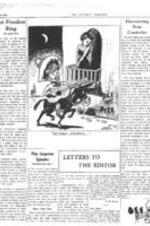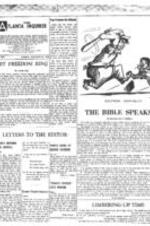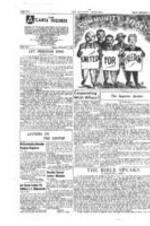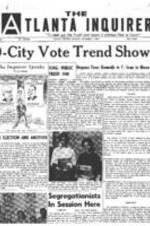Voter Education Project Organizational Records
Voter Education Project Organizational Records
Voter Education Project Organizational Records
Voter Education Project Organizational Records
Mary Ann Smith Wilson, Ruby Doris Smith Robinson Collection on Student Activism
Mary Ann Smith Wilson, Ruby Doris Smith Robinson Collection on Student Activism
Mary Ann Smith Wilson, Ruby Doris Smith Robinson Collection on Student Activism
Mary Ann Smith Wilson, Ruby Doris Smith Robinson Collection on Student Activism
Mary Ann Smith Wilson, Ruby Doris Smith Robinson Collection on Student Activism
Mary Ann Smith Wilson, Ruby Doris Smith Robinson Collection on Student Activism

